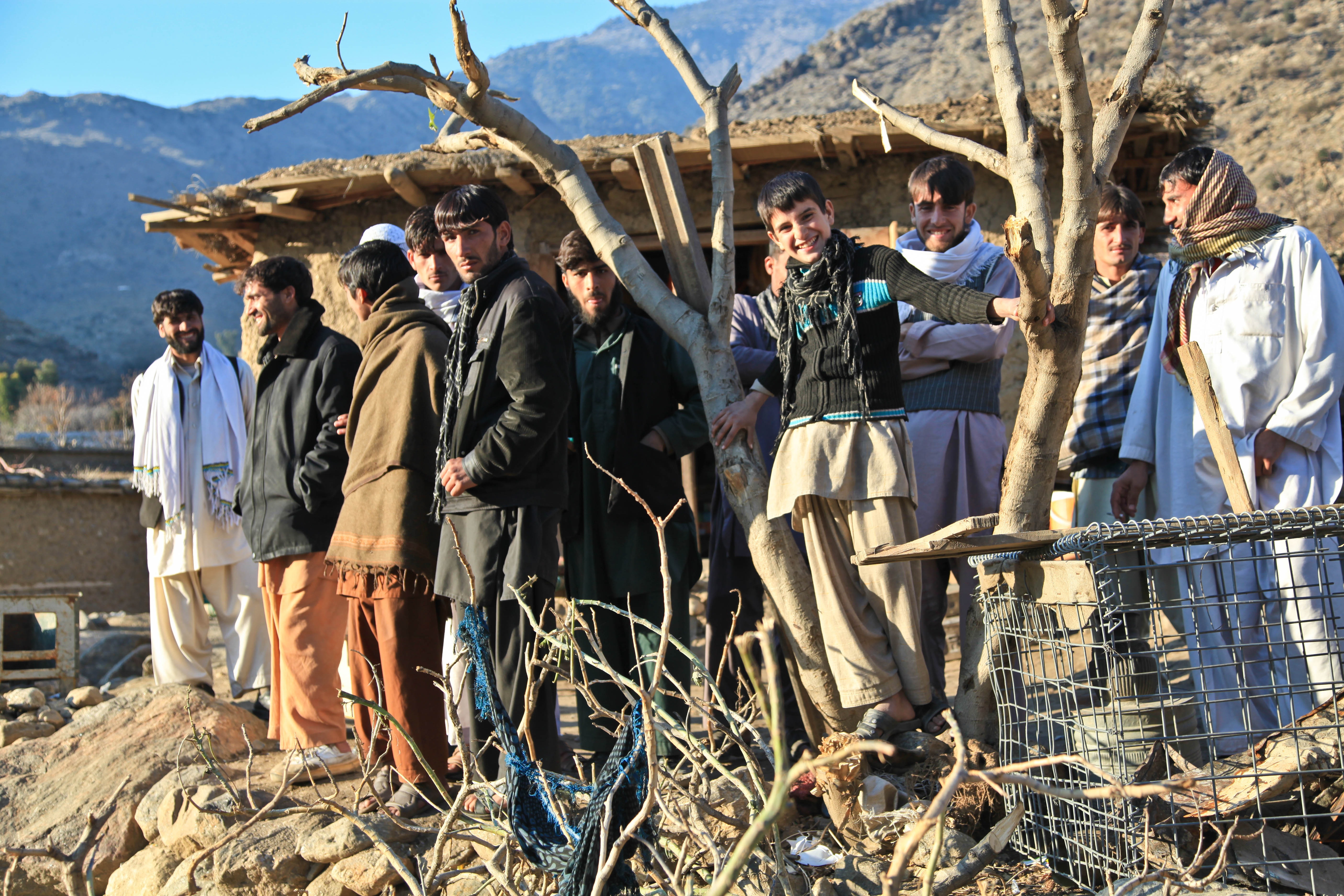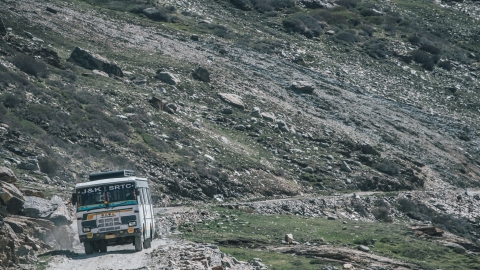At the end of September, an event took place in Ad-Diriyah (outside Riyadh, Saudi Arabia) to announce the Kingdom's new visa program. Specifically, this program marked the first time Saudi Arabia allowed foreigners to come here for tourism purposes, and were allowed to stay here for a maximum of 90 days. Previously, tourist visas were only issued for specific reasons such as Islamic pilgrimages, family visits or business.
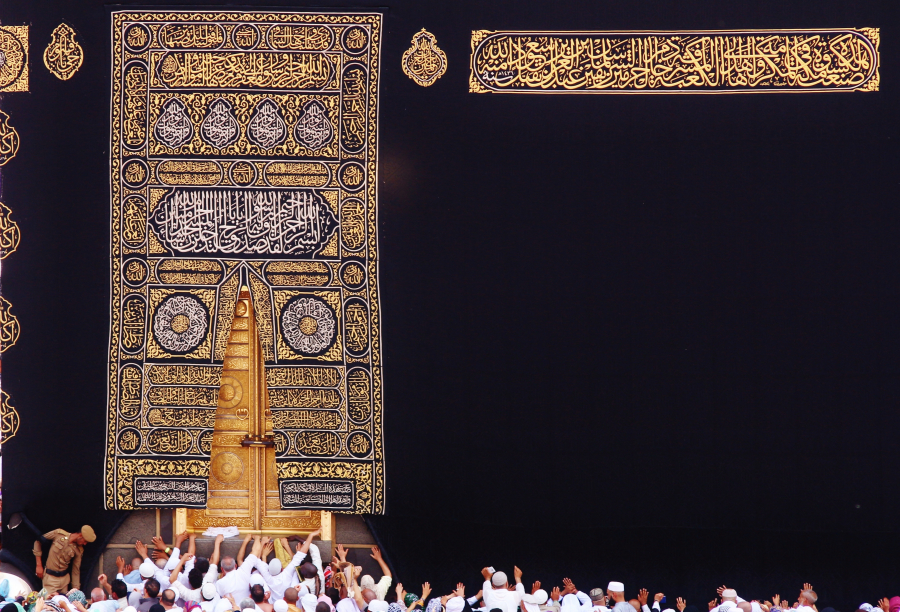
The US State Department has warned tourists to the country to exercise caution due to terrorism and the threat of drone and missile attacks on civilians.
The Saudi government hopes the new visa program will increase tourism as many tourists continue to visit the Kingdom's UNESCO-listed sites.
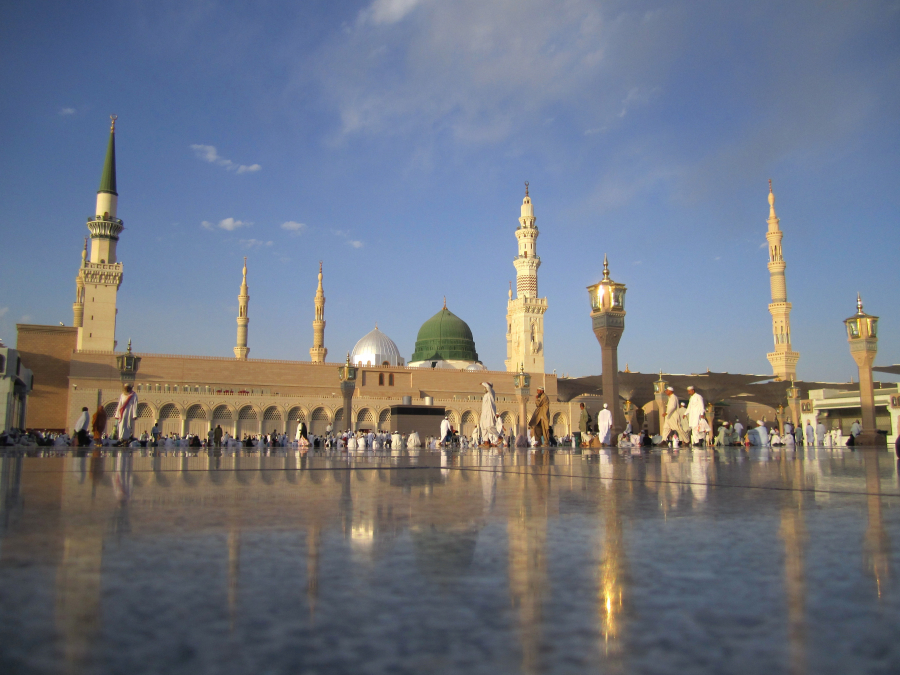
According to government statistics, Saudi Arabia attracts more than 2 million tourists to participate in the annual Hajj pilgrimage.
Tourism development is part of the Saudi Vision 2030 project, which aims to reduce the country's dependence on oil, diversify the economy and promote national cultural identity.
With an area of 830,000 m2, The Kingdom of Saudi Arabia is the largest country in the Middle East and the 13th largest in the world. It is home to many ethnic groups with rich and diverse cultural traditions. Before Saudi Arabia becomes a "hot" destination in the near future, let's explore the must-see places in this historic Kingdom.
Jeddah - the world's largest oasis
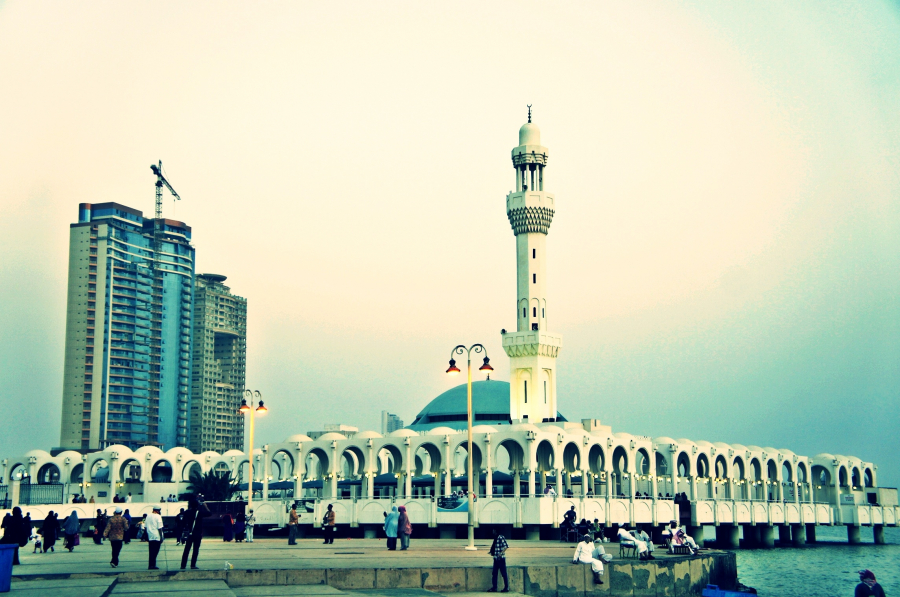
As the traditional gateway for pilgrimage to Mecca, Jeddah is the most attractive of Saudi Arabia's major cities. It attracts pilgrims and traders from all over the country. Coming here, visitors will enjoy a free atmosphere that cannot be found anywhere else in the Kingdom. In addition, the Red Sea World Heritage architecture, turquoise beaches with excellent diving spots and diverse, world-class cuisine are also factors that attract tourists here.
Al-Ahsa Oasis - home to 2.5 million date palm trees
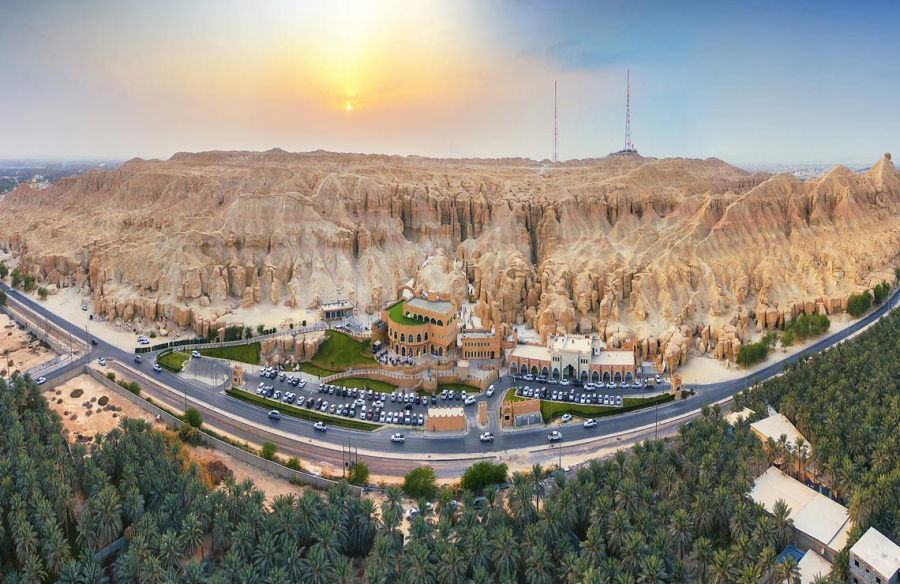
Al-Ahsa is one of the world’s largest and most famous natural oases. It is a lush, fertile area with a strategic location – it’s no surprise that the area has been inhabited since prehistoric times, earning it UNESCO World Heritage status. Hidden within this tranquil oasis of nearly 3 million date palms are archaeological sites of great historical significance.
Ha'il region with 10,000 year old stone mountains


This place is a symbol of the hospitality and generosity of the Arab people. When you come here, you will encounter a thriving ancient civilization, alive through the relics, heritage and traditional culture of the local people. A famous place here is the Rock Art mountain area with ancient paintings and characters carved on rocks by the ancestors of the Arabs more than 10,000 years ago.
Al-Hijr archaeological site with tombs dating back to the 1st century BC
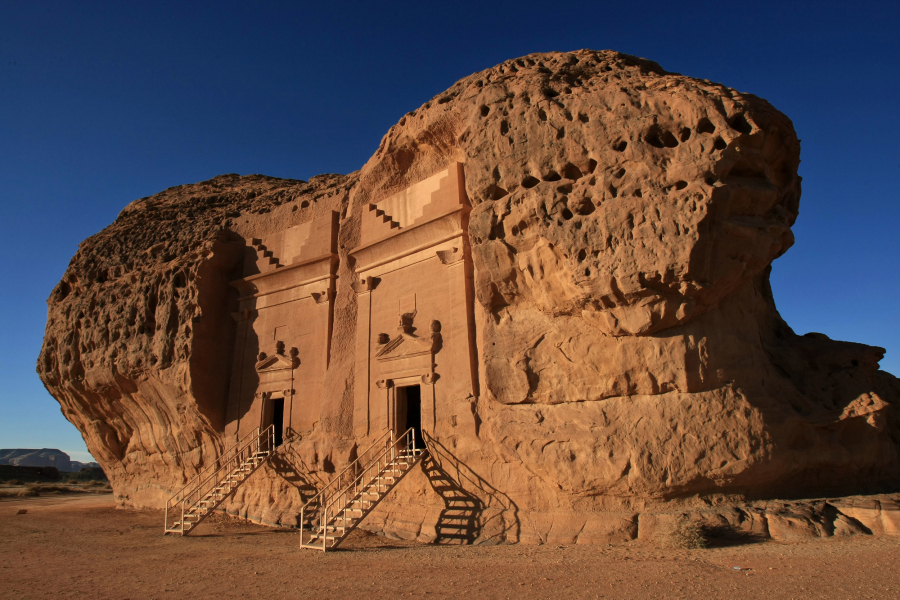
This archaeological site was the first in Arabia to be designated a UNESCO World Heritage Site. With 111 monumental tombs dating back to the 1st century BC, prominently decorated with wells and still in excellent condition, Al-Hijr is a symbol of Nabataean architectural and hydraulic achievement.
In addition, some other attractive places in Saudi Arabia include: At-Turaif district in Ad-Diriyah, built in the 15th century, a UNESCO World Heritage Site and the first capital of the state of Saudi Arabia; Empty Quarter desert - the largest desert in the world, covering 1/4 of the Arabian Peninsula and 80% of the desert in Saudi Arabia.
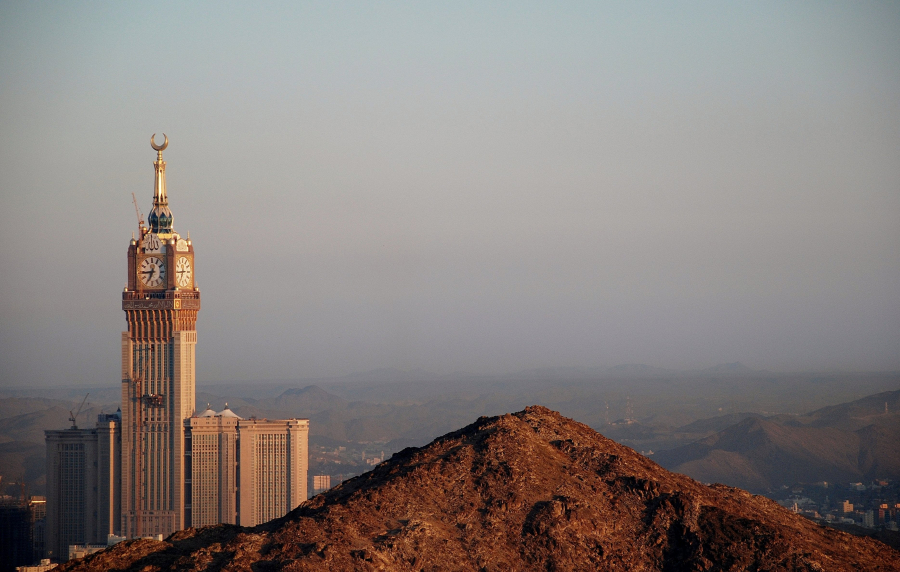
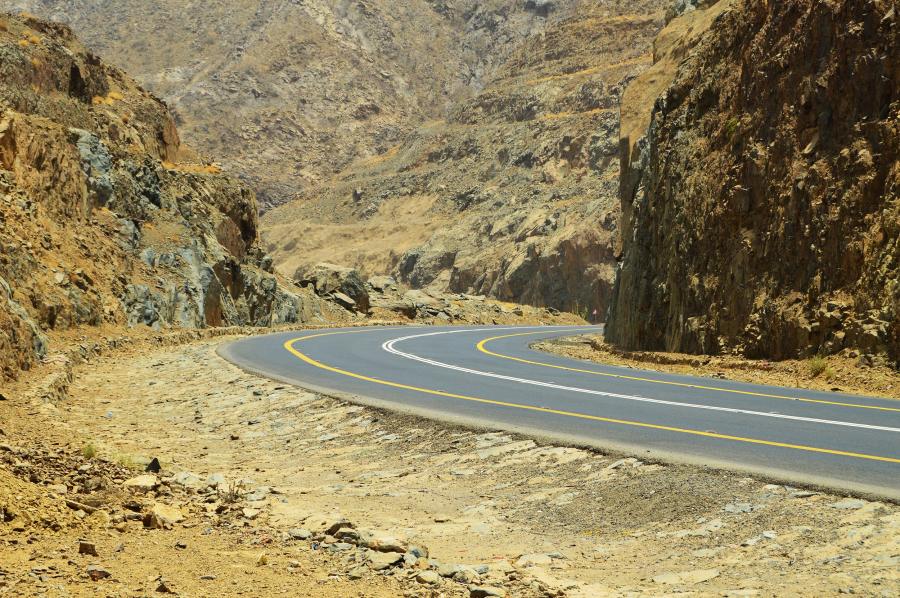
In addition, the Saudi government said it is building new tourist destinations, including plans to develop luxury resorts on the Red Sea, an "entertainment city" 40 minutes away from Riyadh and Neom, a new "future city" in the northwest... At the same time, many cultural festivals will be held annually, including the Red Sea International Film Festival in March 2020.





